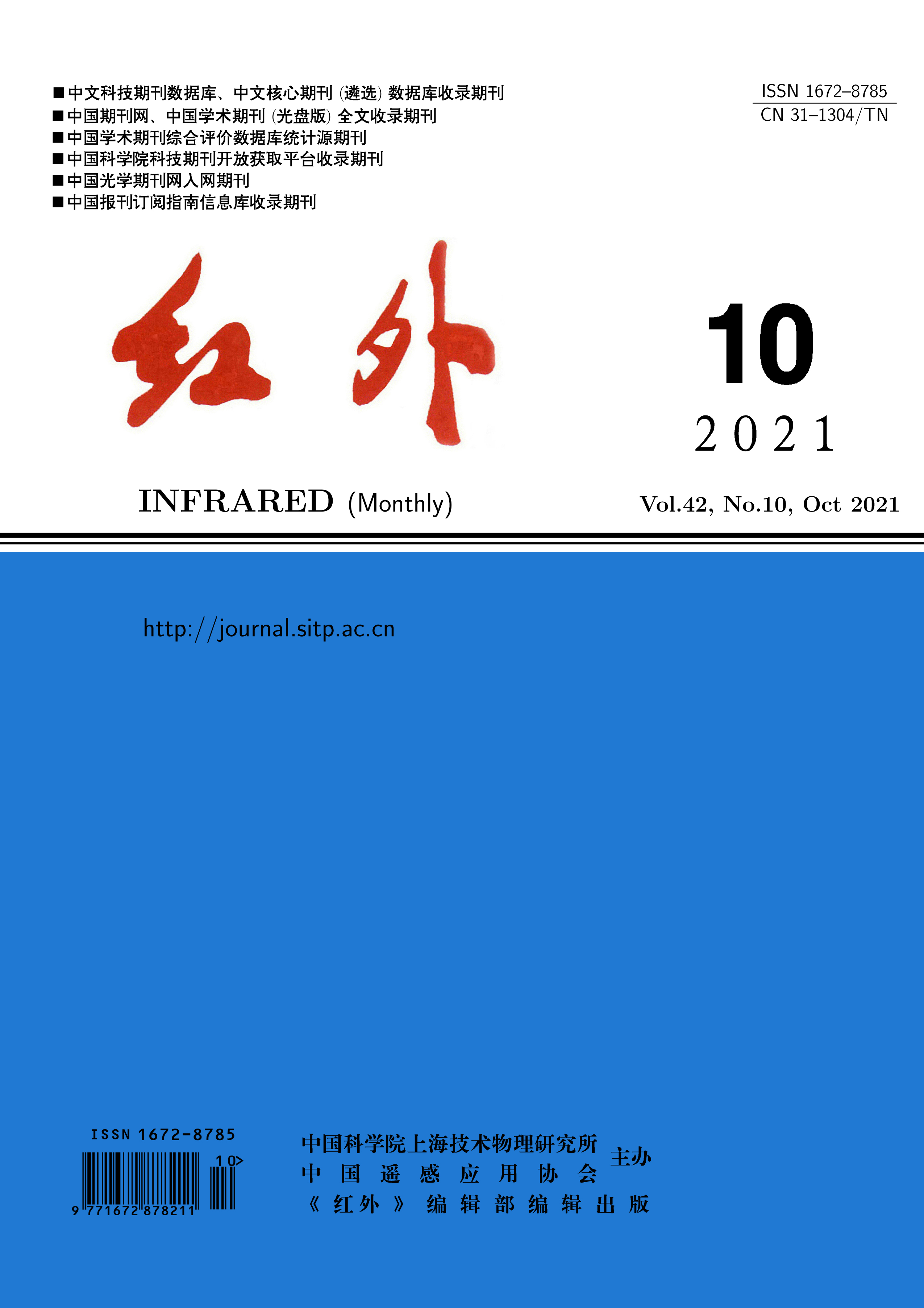
In recent years, infrared detector technology has developed rapidly and is widely used in many fields such as national defense, meteorology, infrared remote sensing and aerospace. As one of the most important detectors in the mid-wave infrared waveband, InSb infrared focal plane detector has received much attention due to its high quantum efficiency, low dark current, high linearity of device response, good stability and high sensitivity. InSb focal plane detector is cost-effective and has outstanding advantages. Its rapid development has greatly improved the performance of the whole infrared system, involving in both military and civilian fields such as missile precision guidance, satellite early warning detection, airborne search and reconnaissance, infrared imaging and fire protection, medical treatment, power detection, and industrial temperature measurement. The research situation of InSb infrared focal plane detectors in developed countries is reviewed, and its development direction, prospect and trend are analyzed.
At present, high-performance mid-wave and short-wave infrared detectors with large array size have been used more and more widely. Mercury cadmium telluride(HgCdTe)material with precise control of material parameters and good material quality is a prerequisite for obtaining high-quality HgCdTe detectors. The latest research progress of silicon-based mid-wave and short-wave infrared HgCdTe materials grown by molecular beam epitaxy(MBE) in North China Research Institute of Electro-Optics is reported, and the current research status of MBE-grown HgCdTe materials is introduced.
Based on the theory of optical thin film, the theoretical design and optimization, actual production, and finished product testing methods of 3.7-4.8 m band-pass filter are introduced. In view of the problems of film properties and layers matching, Ge and SiO are respectively selected as high and low refractive index materials, and alumina is used as the substrate. The basic membrane system of the filter film is determined, and the membrane system is designed and optimized by using the Filmaster software. In the film evaporation process, a suitable plating process is selected according to the materials. The band-pass filter film with excellent reliability and spectral characteristics is developed by temperature control and ion assistation, and its spectral characteristics and film quality are tested. The process parameters are modified according to the design goals, and the feasible process is finally determined to develop a 3.7-4.8 m band-pass filter conforming to the design requirements for optical performance.
Based on the IHP SiGe BiCMOS technology, two 220 GHz low noise amplifier circuits are researched, implemented and applied to 220 GHz terahertz wireless high-speed communication transceiver circuits. One is a 220 GHz four-stage single-ended common-base low-noise amplifier circuit. Each stage of the circuit adopts a common base circuit structure, and uses passive circuit components such as transmission lines and metal-insulator-metal(MIM) capacitors to form input, output and interstage matching network. The low noise amplifier has a supply voltage of 1.8 V, consumes 25 mW, achieves 16 dB of gain at 220 GHz, and reaches 27 GHz with a 3 dB bandwidth. The other is a 220 GHz four-stage cascode differential low-noise amplifier circuit. Each stage uses a cascode circuit structure. The amplifier uses microstrip transmission lines and MIM capacitors to form inductive load, Marchand-Balun, input, output and inter-stage matching networks. The low noise amplifier has a supply voltage of 3 V, consumes 234 mW, achieves 22 dB gain at 224 GHz, and exceeds 6 GHz with 3 dB bandwidth. These two low noise amplifiers can be used in 220 GHz wireless high speed terahertz communication transceiver circuits.
The application of industrial X-ray CT testers in infrared focal plane detectors is introduced. The CT can be used to non-destructively analyze the dewar components and refrigerators, especially to detect internal structural faults and defects. It can improve fault analysis ability and the efficiency of solving problems, which provide sufficient basis for component rework. In the following work, qualified samples can be selected according to the demand.This improves the user experience of the product and is an important guarantee for the subsequent production process.
The rapid development of infrared imaging devices and infrared imaging guidance technology has led to the rapid development of infrared imaging guided weapons. Infrared imaging guided anti-ship missiles have become one of the main combat weapons of national navies. Infrared imaging guided anti-ship missiles pose a great threat to naval vessels. Starting from the principle of missile guidance and attack mode, the performance, characteristics and countermeasures of countermeasure equipment are studied. By analyzing the working mode of the missile and the basic principle of the photoelectric countermeasure equipment, the implementation scheme of the anti-ship missile against infrared imaging guidance is preliminarily discussed, which provides technical support for infrared imaging guided weapons and the ship against infrared imaging guided missiles.









